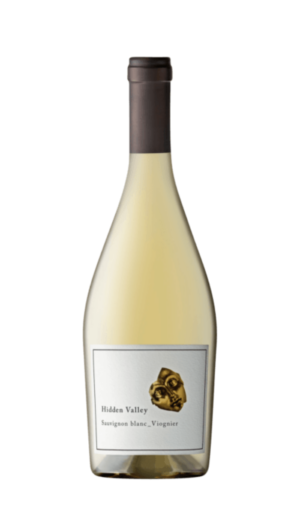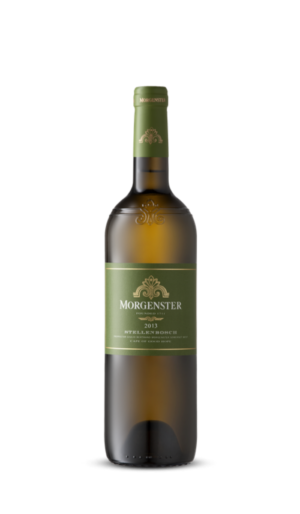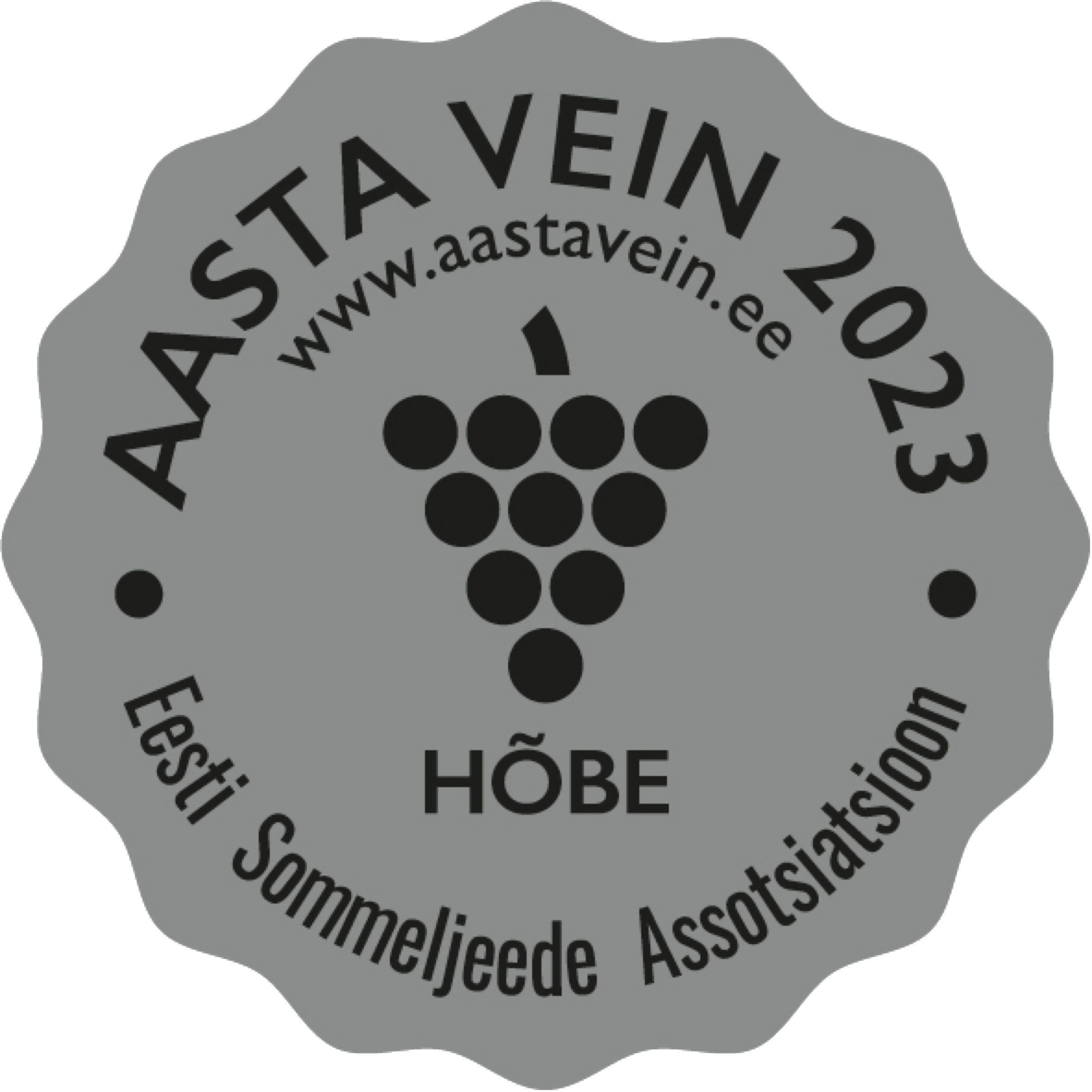
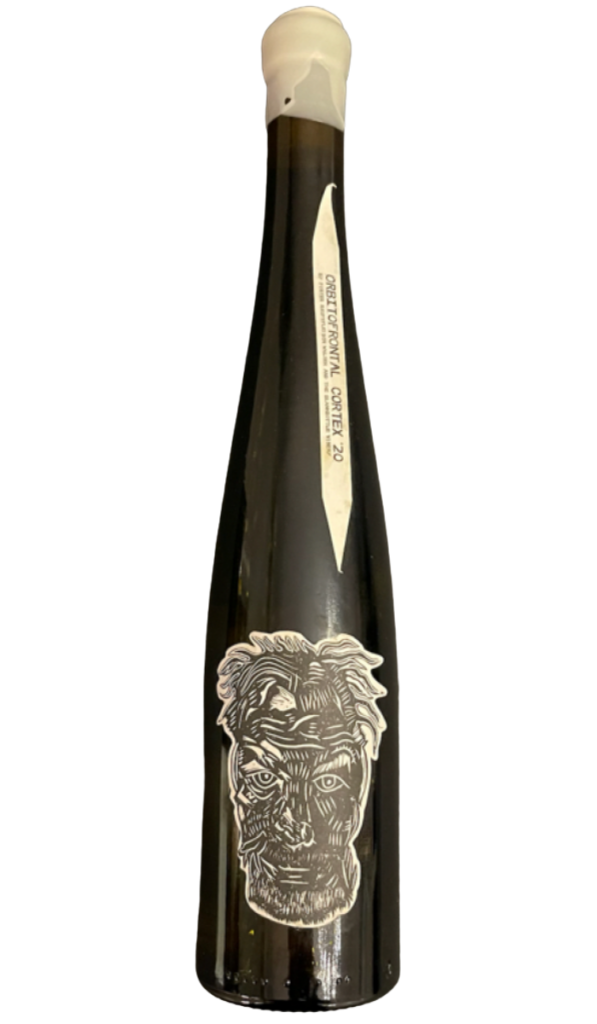
Out of stock
63,54 €
Out of stock
CULTIVARS: Chenin Blanc (29.8%), Verdelho (25.4%), Clairette (23.4%), Grenache Blanc (9.4%), Marsanne (6%), Roussanne (5.8%), Viognier (0.2%) The idea behind this wine was (and still is) to select the white components in the winery we like most and to assemble a blend that represents that particular vintage in an honest and pure way. This is OUR favourite wine, not necessarily the best. The one that we as a team like the most. It is not bound to an area or varietal – it is an assembly of interesting things that differs from year to year according to whatever performed well that specific season.The Story
In October 2015 I was sitting on a plane heading to Joburg, next to a guy who was (or so it seemed) plugged into his computer with wires and stuff. It looked like he was communicating with the machine in a way. Once we had landed I asked him what on earth he was doing. He told me that he and his clinical psychologist business partner had started a marketing company called Neural Sense, based in Cape Town.
They conduct market research by tapping into people’s subconscious reactions to various inputs. I love weird things, so I told him I make wine and if ever he wanted to do something with wine he was welcome to get in contact. And he did. Three months later I was sitting at the table in my winery hooked onto machines. All my subconscious reactions (in the LIMBIC part of my brain) to each of the 21 components were to be measured and recorded – a camera looking me in the eyes (for eye reactions), a thing on my finger (for blood oxygen levels), a heart rate monitor on my chest, something on my arm (for arousal levels e.g. heat/sweat) and a mobile EEG device on my head (for monitoring my brain waves).
It was the time of year where I had to make up final blends and I was sitting with 21 different white wine components in barrel, which were ready for blending and bottling. They were all different varietals from different areas and vineyards. So my assistant winemaker, Julia, took samples from all the barrels and put them into glasses, which my wife marked from 1 to 21. For each wine I would first close my eyes, then open them and they would start recording with the camera, hand me any wine and prompt me to nose, taste and spit – constantly monitoring and recording my heart rate, blood stuff and activity in my subconscious.
Of course I can’t control my subconscious – before I think of reacting, I already had. We tasted through all 21 wines. I obviously spat, washed my mouth with water in between and we even did a few with clean water in my mouth and used that as a control or base reaction. This process took a whole day. I like to call it work. Their job was now to analyse the data. The way I understand it is that they look at all the parts of my brain that reacted, compare it with all the other blood and heart monitors and then work out with mathematical algorithm what I liked and disliked.
The analysis of the data took months, so in the meantime Julia and I decided to blend a control – the best possible white blend from the same 21 parcels – making use of our conscious mind; the ORBITOFRONTAL CORTEX. When the results came, the two wines were so different! We blended both and bottled the 2 wines. Please note – we are NOT trying to prove something with this experiment. We were just trying to have fun. And we did…
Voice recording:
Cultivar: Chenin Blanc, Verdelho, Clairette Blanche, Grenache Blanc, Marsanne, Roussanne, ViognierVintage: 2021
Region: Western Cape
Amount of Bottles Produced: 5023
Vineyard: Vines from various vineyards in Firgrove, Swartland, Stellenbosch and Voor-Paardeberg.
Winemaking: The grapes were picked at optimal ripeness and cooled overnight to 4 degrees celsius. The next morning the grapes were pressed as whole bunches with no additives. The juice underwent spontaneous fermentation in French oak (nothing new), clay pots and egg shaped cement tanks. Deep winter the wine received sulfur, it’s only additive. 10 months on the leese, blended and bottled.
Alcoholic Strenght: 13% / vol
Acidity: 5.45 g/l
PH: 3.47
Reducing Sugar: 2.1 g/l
Free SO2: 30 ppm
Total SO2: 82 ppm
Volatile Acidity: 0.63 g/l
Closure: Natural cork
Vegan: Yes
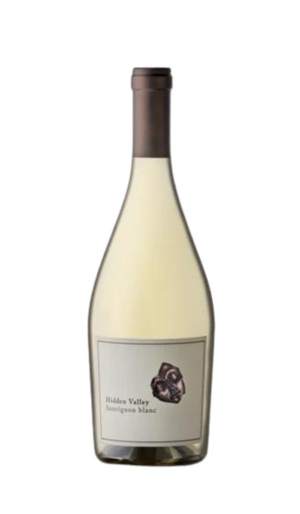
P
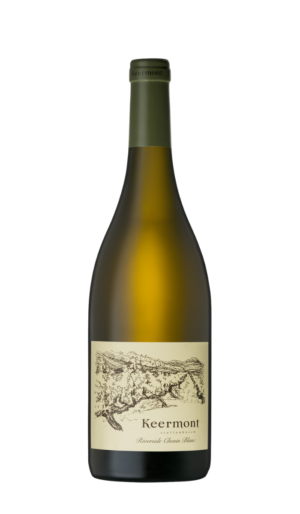
TA
